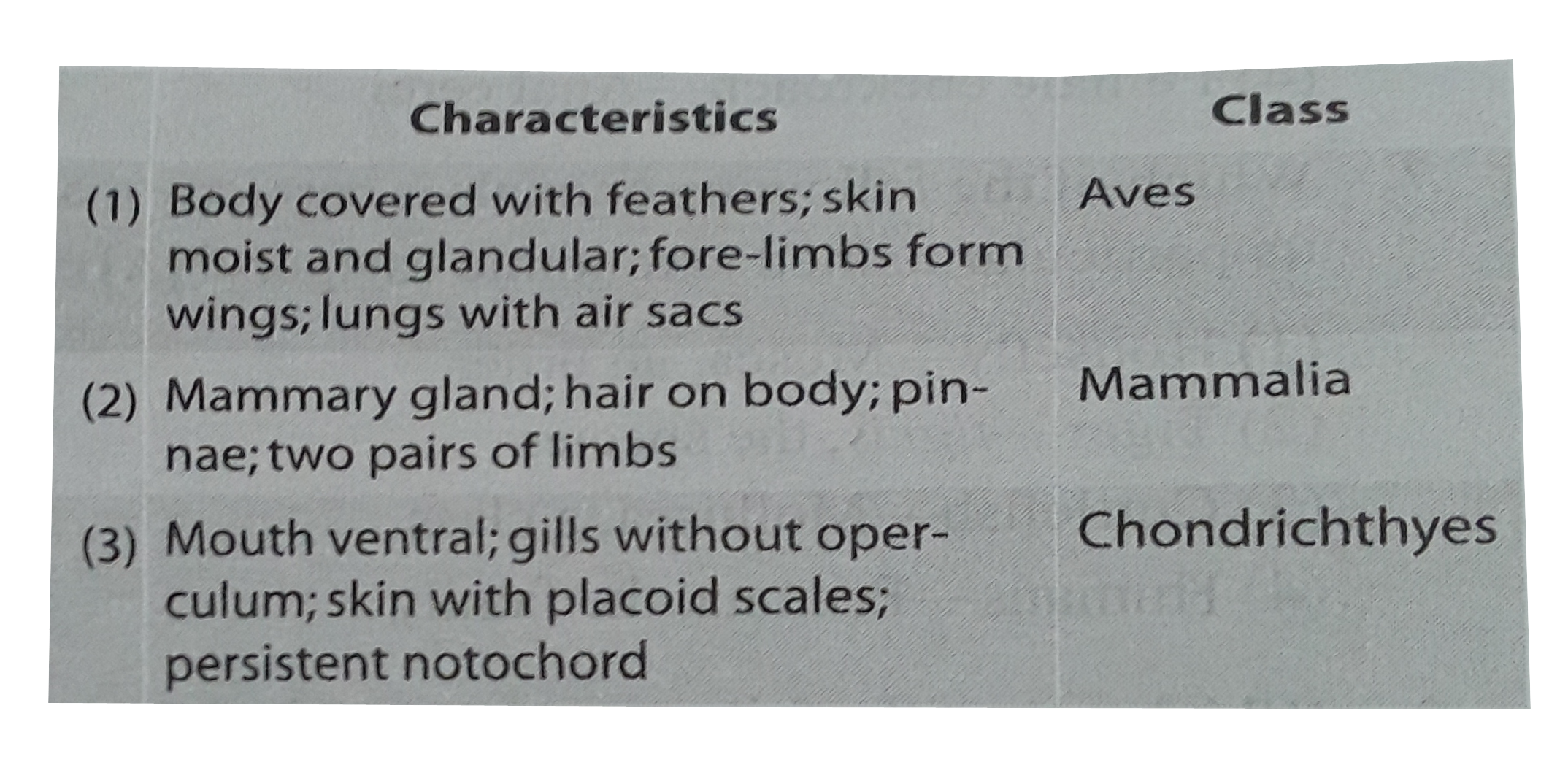Hydrogen without any electron is :
Protium
Deuterium
Tritium
None of these
To answer the question "Hydrogen without any electron is:", we need to analyze the properties of hydrogen and its isotopes.
1. Understanding Hydrogen:
- Hydrogen is the simplest element in the periodic table with an atomic number of 1. This means it has one proton in its nucleus.
2. Isotopes of Hydrogen:
- Hydrogen has three isotopes:
- Protium (¹H): This isotope has 1 proton and 0 neutrons. It also has 1 electron.
- Deuterium (²H): This isotope has 1 proton and 1 neutron. It also has 1 electron.
- Tritium (³H): This isotope has 1 proton and 2 neutrons. It also has 1 electron.
3. Hydrogen Without Electrons:
- When we refer to hydrogen without any electrons, we are left with just the nucleus, which consists of 1 proton.
- Therefore, hydrogen without any electrons is simply a proton.
4. Conclusion:
- The answer to the question "Hydrogen without any electron is:" is proton.
Final Answer:
Hydrogen without any electron is called proton.
---
- Hydrogen is the simplest element in the periodic table with an atomic number of 1. This means it has one proton in its nucleus.
- Hydrogen has three isotopes:
- Protium (¹H): This isotope has 1 proton and 0 neutrons. It also has 1 electron.
- Deuterium (²H): This isotope has 1 proton and 1 neutron. It also has 1 electron.
- Tritium (³H): This isotope has 1 proton and 2 neutrons. It also has 1 electron.
- When we refer to hydrogen without any electrons, we are left with just the nucleus, which consists of 1 proton.
- Therefore, hydrogen without any electrons is simply a proton.
- The answer to the question "Hydrogen without any electron is:" is proton.
Hydrogen without any electron is called proton.
Topper's Solved these Questions
- CHEMICAL BONDING BOOK - ICSECHAPTER - CHEMICAL BONDING EXERCISE - Additional Questions for Practice
32 Videos
- CHEMICAL BONDING BOOK - ICSECHAPTER - CHEMICAL BONDING EXERCISE - Questions from Previous ICSE Board Papers (2005)
7 Videos
- CHEMICAL BONDING BOOK - ICSECHAPTER - CHEMICAL BONDING EXERCISE - WORKSHEET-3
8 Videos
- ANALYTICAL CHEMISTRY-USE OF AMMONIUM & SODIUM HYDROXIDEBOOK - ICSECHAPTER - ANALYTICAL CHEMISTRY-USE OF AMMONIUM & SODIUM HYDROXIDEEXERCISE - Additional Questions
6 Videos
- CHEMISTRY 2011BOOK - ICSECHAPTER - CHEMISTRY 2011EXERCISE - SECTION-II
48 Videos
Similar Questions
In Hydrogen atom, electron is present in 6th energy level , which is / are correct about the Hydrogen spectrum?
View SolutionIn a stationary hydrogen atom, an electron jumps from n = 3 ot n =1. The recoil speed of the hydrogen atom is about
View SolutionWhich of the following statement is correct regarding sponges without any exception ?
View SolutionHydrogen atom:
The electronic ground state of hydrogen atom contains one electron in the first orbit. If sufficient energy is provided, this electron can be promoted to higher energy levels. The electronic energy of a hydrogen-like species (any atom//ions with nuclear charge Z and one electron) can be given as
En=−RHZ2n2 where RH=Rydberg constant,n=principal quantum number
Calculate the following :
(a) the kinetic energy (in eV) of an electron in the ground state of hydrogen atom.
(b) the potential energy (in eV) of an electron in the ground state of hydrogen atom.
View SolutionHydrogen atom:
The electronic ground state of hydrogen atom contains one electron in the first orbit. If sufficient energy is provided, this electron can be promoted to higher energy levels. The electronic energy of a hydrogen-like species (any atom//ions with nuclear charge Z and one electron) can be given as
En=−RHZ2n2 where RH=Rydberg constant,n=principal quantum number
The energy in Joule of an electron in the second orbit of H- atom is:
View SolutionHydrogen atom:
The electronic ground state of hydrogen atom contains one electron in the first orbit. If sufficient energy is provided, this electron can be promoted to higher energy levels. The electronic energy of a hydrogen-like species (any atom//ions with nuclear charge Z and one electron) can be given as
En=−RHZ2n2 where RH=Rydberg constant,n=principal quantum number
The energy required to promote the ground state electron of H-atom to the first excited state is:
When an electron returns from a higher energy level to a lower energy level, energy is given out in the form of UV//Visible radiation.
View SolutionHydrogen atom:
The electronic ground state of hydrogen atom contains one electron in the first orbit. If sufficient energy is provided, this electron can be promoted to higher energy levels. The electronic energy of a hydrogen-like species (any atom//ions with nuclear charge Z and one electron) can be given as
En=−RHZ2n2 where RH=Rydberg constant,n=principal quantum number
What is the principal quantum number, n' of the orbit of Be3 that has the same Bohr radius as that of ground state hydrogen atom ?

View SolutionHydrogen atom:
The electronic ground state of hydrogen atom contains one electron in the first orbit. If sufficient energy is provided, this electron can be promoted to higher energy levels. The electronic energy of a hydrogen-like species (any atom//ions with nuclear charge Z and one electron) can be given as
En=−RHZ2n2 where RH=Rydberg constant,n=principal quantum number
Calculate the wavelength of light (nm) for the electronic transition of H-atom from the first excited state to ground state.
In the model of hydrogen like atom put forward by Niels Bohr (1913) the electron orbits around the central nucleus. the bohr radius of nth orbit of a hydrogen-like species is given by
r=kn2Z " " where, k is constant
View SolutionAll sponges without any exception are
View SolutionWhich of the following represent the correct combination without
any exception ?


View Solution
